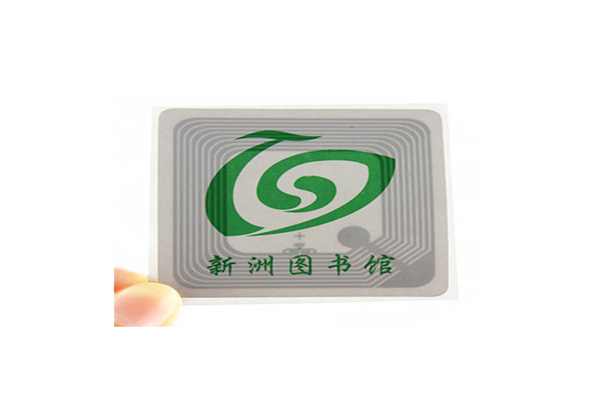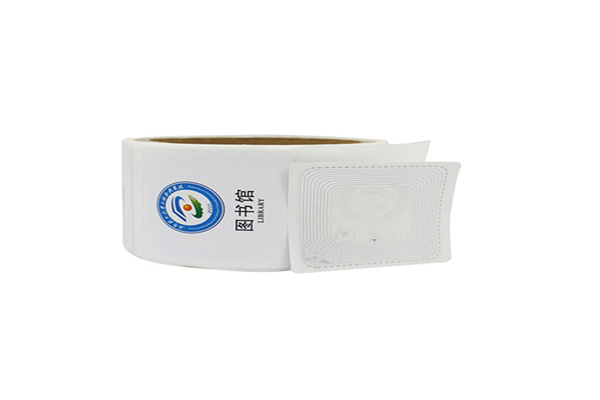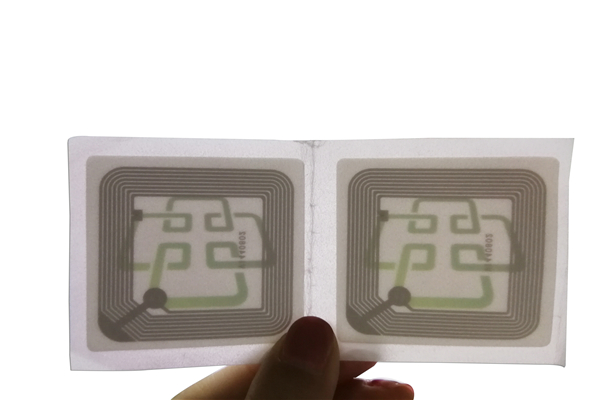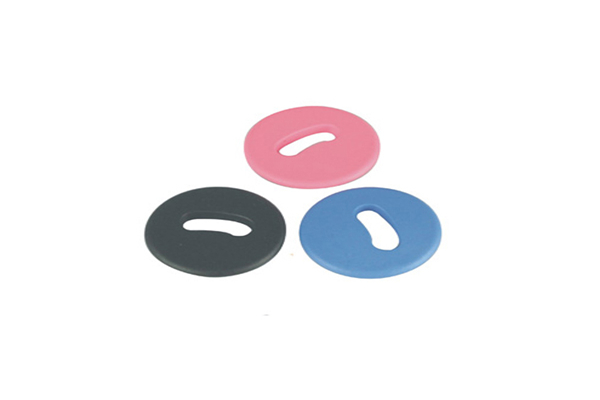RFID Tag
RFID HF Libary Tag
- HF ISO/IEC 15693
- NXP I CODE SLIX
- 13.56mhz
- Paper, PET + absorbing material
- Product description: RFID HF Libary Tag
PREVIOUS:RFID Paper Tag
NEXT:RFID Silicone Wristband
Categories
Latest News
Contact Us
Contact: simon
Phone: +86 18118724283
Tel: +86 0755 2108 4730
Add: Blo.3 Tianlong Industrial Bao'an District Shenzhen City,Guangdong Province,China








